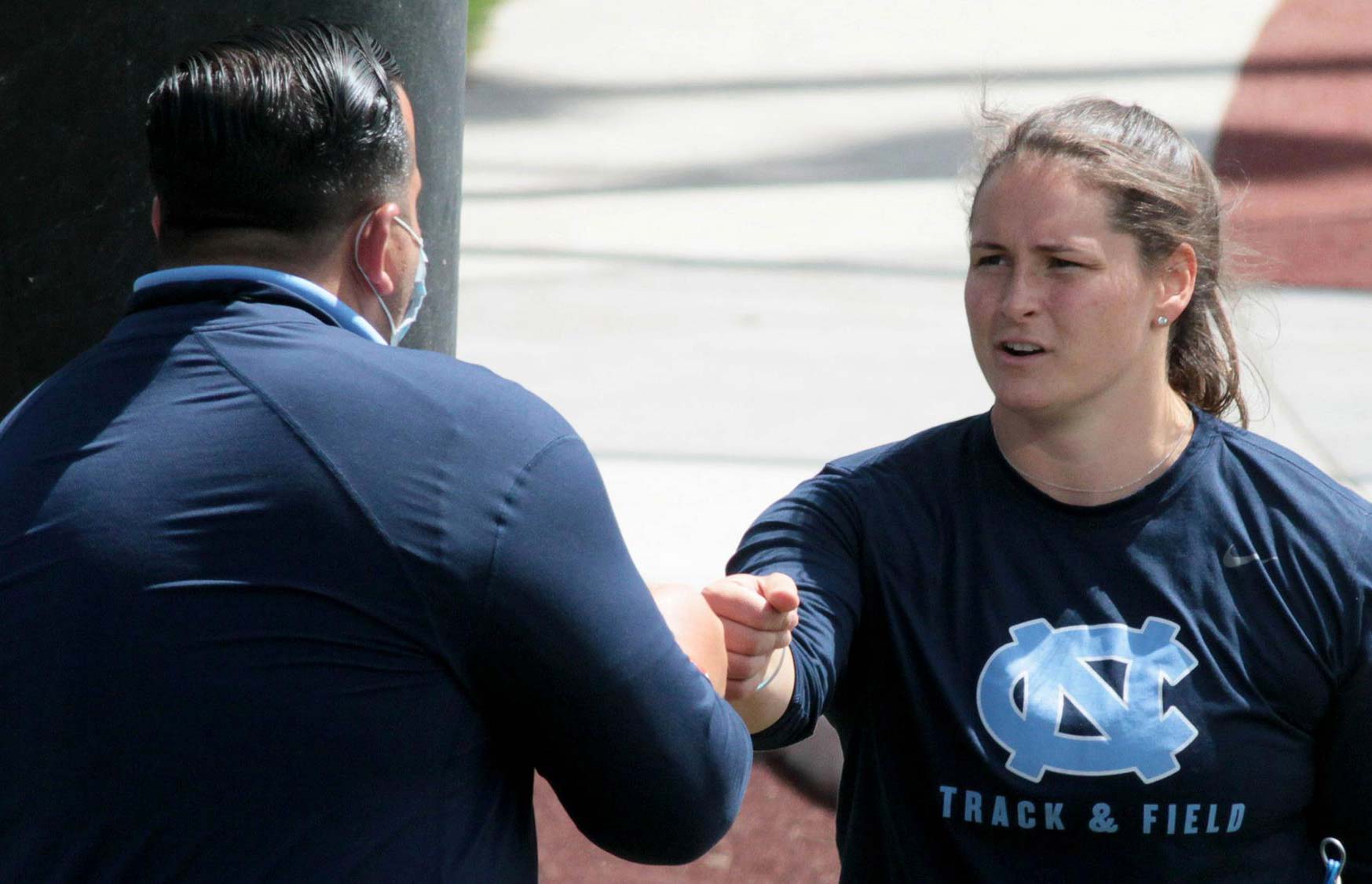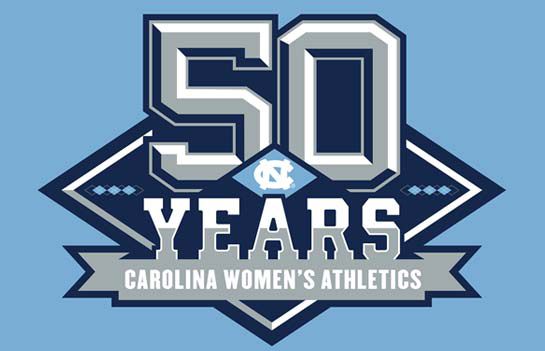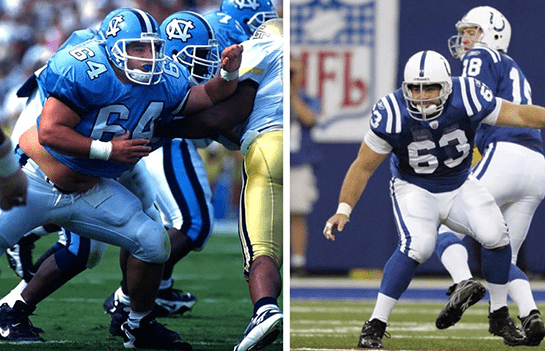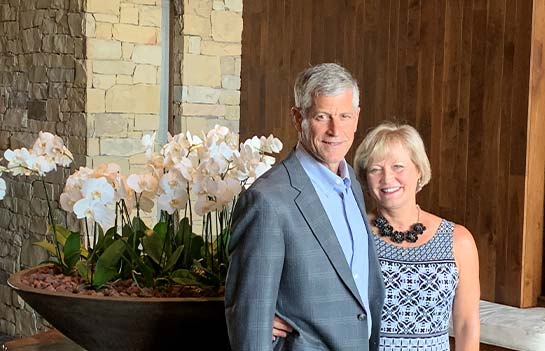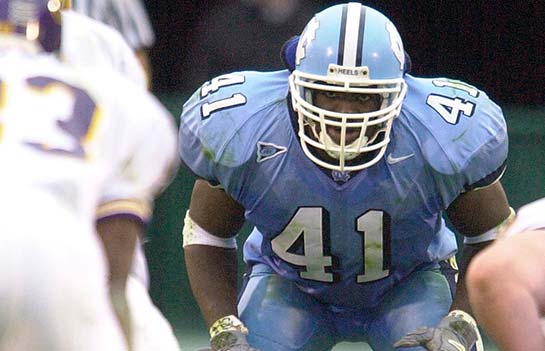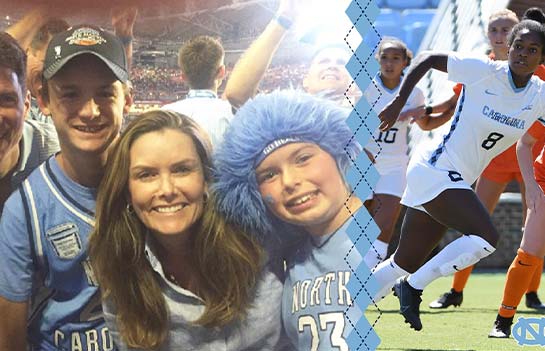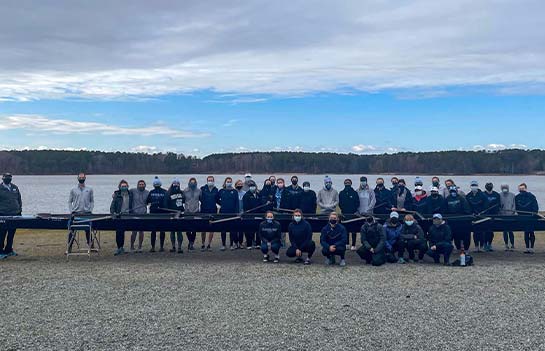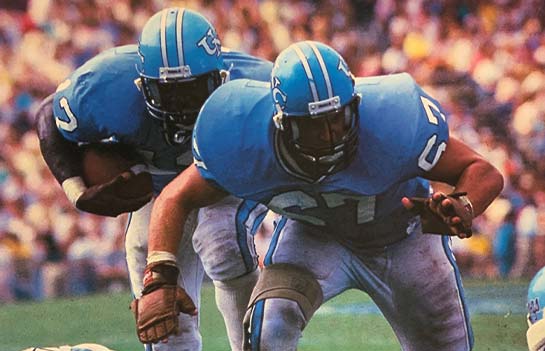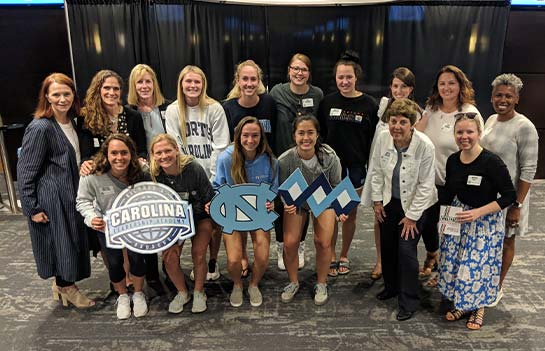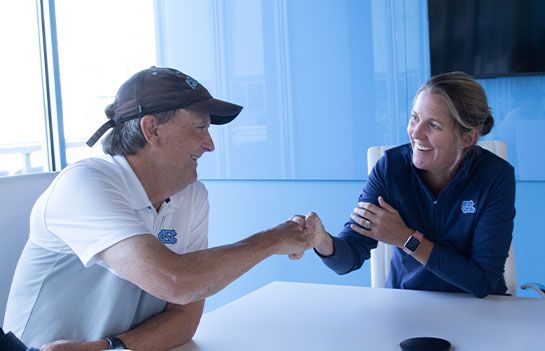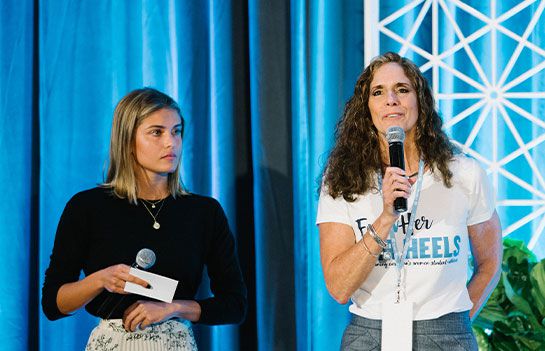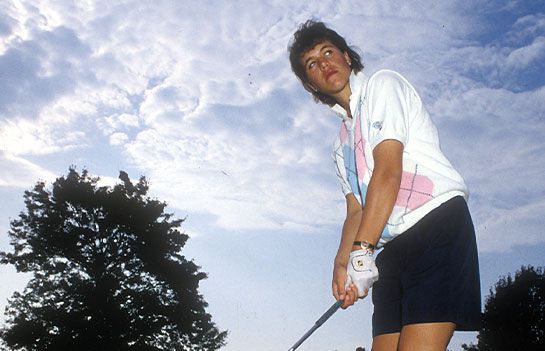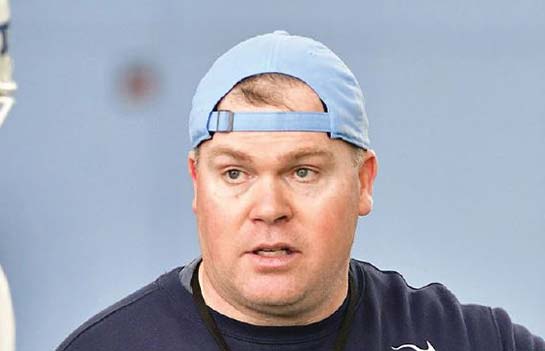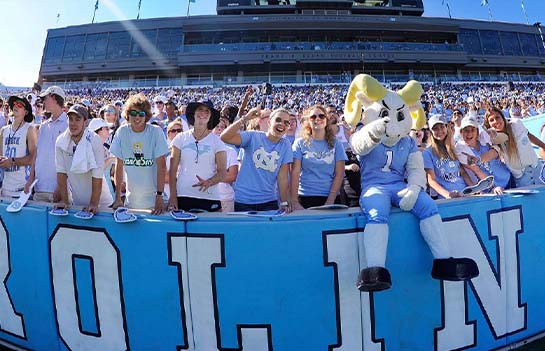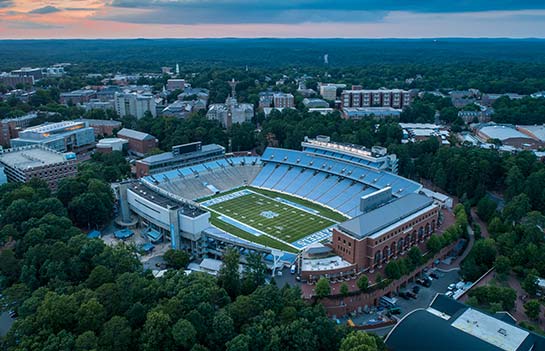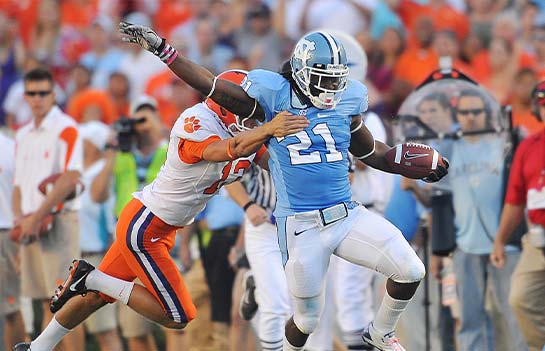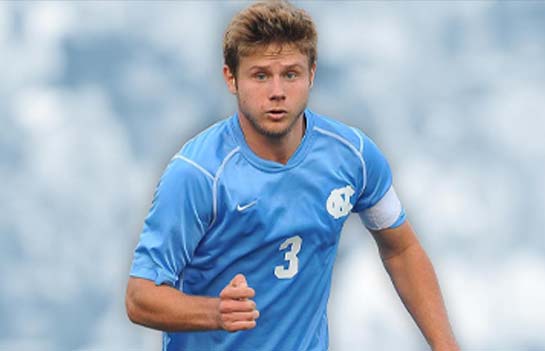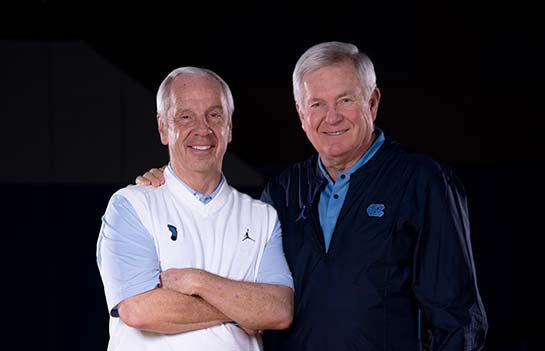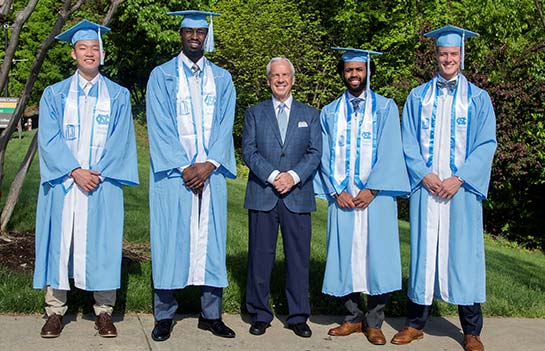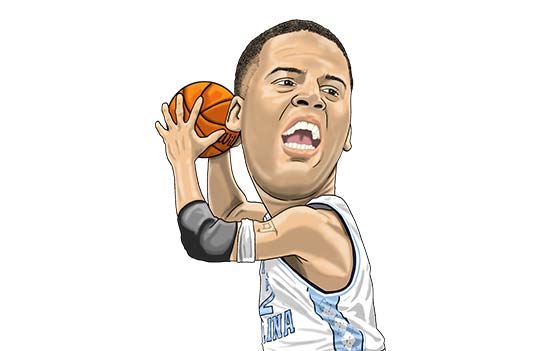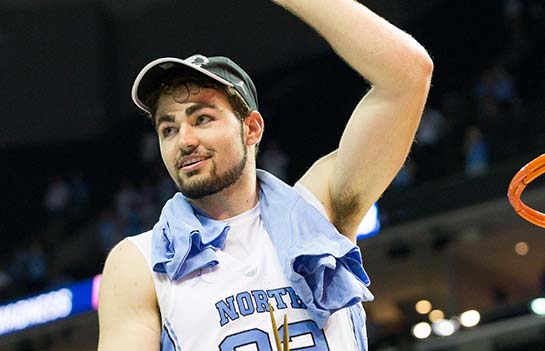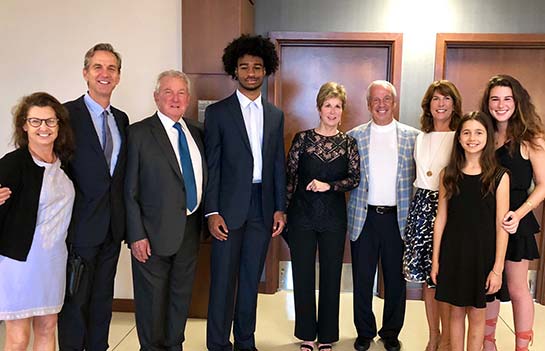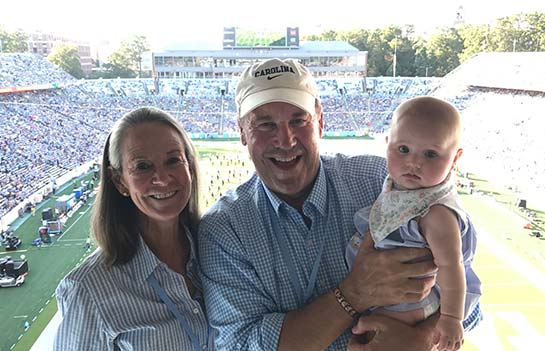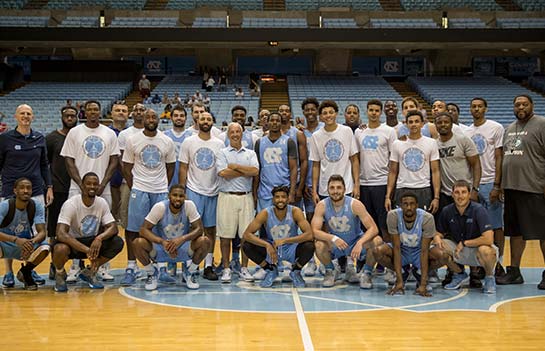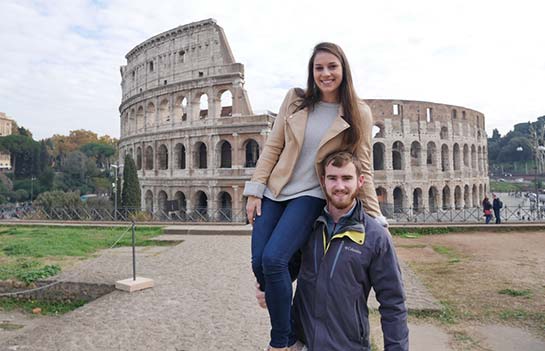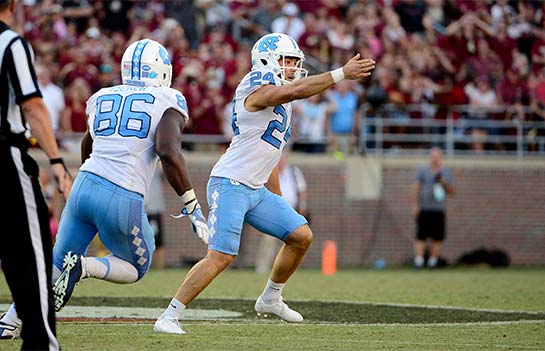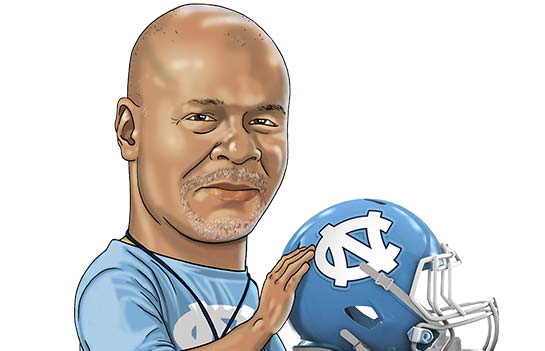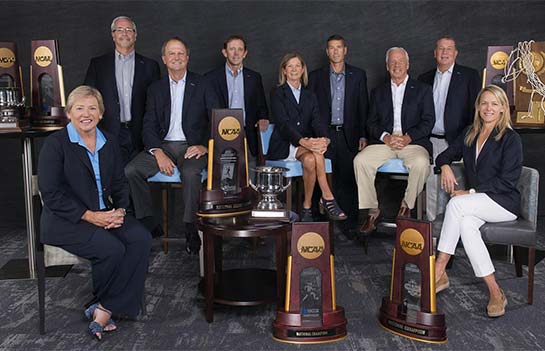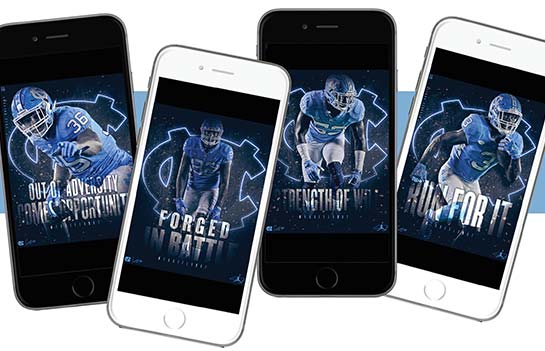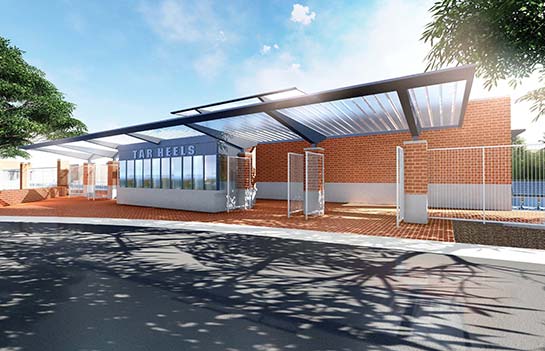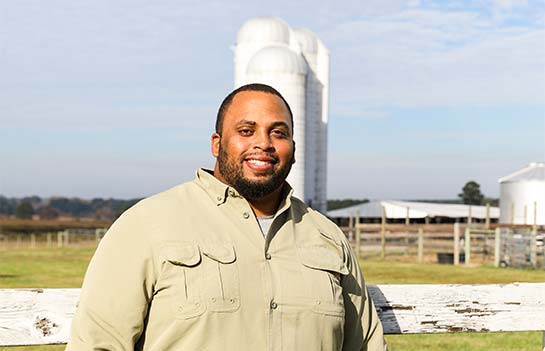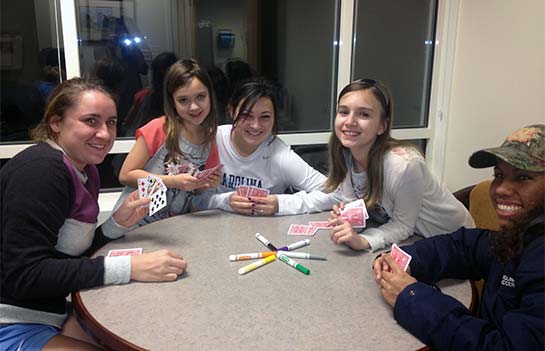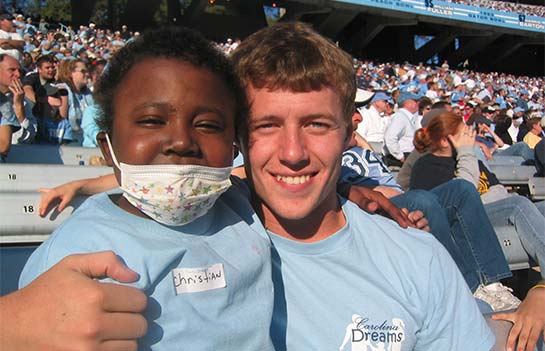REASONS TO RETURN
The Athletic Department Is Focused on Making Gameday an Event That Makes Fans Want To Come Back
by Speed Hallman
The Daily Tar Heel sought to reassure as it rallied fans to turn out for the big game. “Never before have such elaborate arrangements been made to insure comfort for the spectators,” the newspaper said, citing “plans for a large police force to direct traffic, plenty of parking space and plenty of guides to point it out, and hundreds of ushers to conduct spectators to their seats.” An athletics spokesman assured readers, “No pains are being spared to insure comfort and order. There is no need of anyone staying away for fear of being too crowded.”
The year was 1927, the opponent was arch-rival Virginia and the pregame draw was Kenan Stadium’s dedication ceremony.
Some things haven’t changed in 92 years. Fans who love cheering the Heels in Kenan still find their way to campus and navigate through the crowd to locate their seats. Today, as before, law enforcement directs them through town and ushers guide them into and around the stadium. But so much has changed – the game, the stadium and technology. This year Carolina welcomes Mack Brown back as head coach, generating excitement and heightened expectations for new ways of doing things.
In football, as in life, rapid change is a powerful incentive to find new ways to achieve objectives. If you’re operating a stadium, you need to come up with new ways to fill it.
Carolina football staffers know that fans can watch the game from their cozy dens or anywhere in the world, and they work relentlessly to make a ticket to Kenan absolutely irresistible when the Heels are playing. Every home game must be an opportunity not just to watch, but to experience en masse, the excitement of Carolina football.
When the Heels moved from the 2,400-seat Emerson Field to the 24,000-seat Kenan Stadium, the change of venue and tenfold increase required the football program to reevaluate everything it did to get fans into the seats, entertain them for three hours and get them back out through the gates.
Nearly a century later that Saturday afternoon diversion has morphed into a three- or four-day experience. Fans are encouraged to arrive on Friday and stay through Sunday, and activities on campus and in town make it possible to fill nearly every minute. Some arrive on Thursday for the all-day Friday meetings of campus boards and committees, piggybacked onto game weekends to generate maximum attendance.
The change from driving in on Saturday, watching the game, eating at the Rat and driving home occurred gradually as the University grew and the world changed around it. The stadium expanded to 61,000 seats, then was dialed back to 50,500 last year as the aluminum bleachers gave way to individual seats for improved comfort. Stadium lighting meant games could kick off in late afternoon or at night. The Kenan Football Center and Blue Zone added services for student-athletes and amenities for fans. The GoHeels app introduced in 2014 helps fans vector around traffic, find parking spaces, catch a Tar Heel Express bus and locate their stadium seats. It also streams Tar Heel Sports Network game-day programming and issues weather alerts.
This year the most striking change outside of the stadium is the renewed Bell Tower area. The old boxwoods are gone, opening up a wide lawn and a focal point for fans and visitors approaching the stadium. While the shrubbery walled people out, the lawn welcomes them in, offering an ideal space for hanging out and connecting with friends before and after games.
Many of the other changes for 2019 are incremental in the long run but consistent with a coaching transition and the athletic department’s philosophy of continuous improvement. Coach Brown already knows the University, the stadium, the traditions and the fans, thanks to his earlier tenure. Back then, he urged the fans to come early, be loud, stay late. Today his message is directed to players, fans, staff and everyone involved with the program: Be the one.
To a player it means be the one who does extra reps in the weight room, be the one who makes the stop on fourth down. To the fan it’s be the one who buys season tickets early, who brings friends, who lifts the Heels and rattles the opposition seven Saturdays a year.
Steinbacher said be the one means not waiting for others to act. “You’re not waiting for another player to make a play. You’re not waiting for Carolina football to win in this new era under Coach Brown. You’re not waiting for someone else to invite you. If everybody collectively does that it’s going to be really, really special,” he said.
Brown’s return provides opportunities to ratchet up the fan experience. Beale said the coach knows how other schools handle game days thanks to his time in Texas and his stint with ESPN, where he was in a different stadium every Saturday. The coach has seen it all, he knows what works and he has new ideas for game day at Carolina.
“He’s very much into being fan friendly,” Steinbacher said. “He gets it that we’ve got to make it a great experience for the 58-year-old alum and we’ve got to make it the cool place that the 15-year-old kid wants to come to. He says, ‘I want Carolina to be the place where a student wouldn’t dare want to miss a home game, where a fan wouldn’t want to miss a home game, where they love coming out to watch the team play because the team plays hard, it plays disciplined, it plays tough.’”
Steinbacher said success on the field creates the stadium magic that fans return for and the energy that teams thrive on. “It’s the iconic moments you can only see in person,” he said. Success off-field means “doing all the little things right. It’s having a stadium staff that’s incredibly friendly and welcoming, making people feel comfortable and safe. When people don’t know where to go or have a problem, you solve it for them quickly and easily. It’s seat comfort and changing up the food offerings. It’s not any one thing that you do incredibly well – it’s a hundred plus things that you do right over and over and over again.”
“We’re trying to make Kenan Stadium as fan friendly as possible,” Beale said. “We are always looking to enhance the fan experience because that’s what keeps people coming back. In our world, we can’t control the outcome of the game, but we can control how comfortable it is and how clean the bathrooms are.”
Athletics takes care of those small details on a grand scale. The department hosts 200 events a year for 28 varsity sports, bringing almost 800,000 people onto UNC’s front porch. Most game dates are known months in advance but a few, like this year’s baseball super regionals, which Steinbacher called “three days of a packed Bosh,” are scheduled on short notice.
Several years ago, when AD Bubba Cunningham wanted to make sure the department provided very best possible experience to its guests, he consulted the world leader in showing people a good time: Disney. Steinbacher credits the department’s work with the Disney Institute for improvements in customer service and organizational practices. “They make you evaluate your internal culture and make sure you’re providing great customer service to each other within your organization, and that’s how you do it for people who come and visit you on a game day,” he said.
Surveys tell the department that most ticket holders are alumni, but the alums and non-alumni alike say they come back because they want to be in Chapel Hill and they want to share that special experience with friends and family. “It’s not always because the football team’s great, it is the affinity and affection they have for Chapel Hill and the University of North Carolina,” Beale said. “So we’ve got a willing customer. We’ve just got to give them more and more reasons to come back.”
More Stories
The impact of giving comes through in wonderful stories about Carolina student-athletes and coaches, as well as the donors who make their opportunities possible. Learn more about the life-changing impact you can have on a fellow Tar Heel through one of the features included here:
